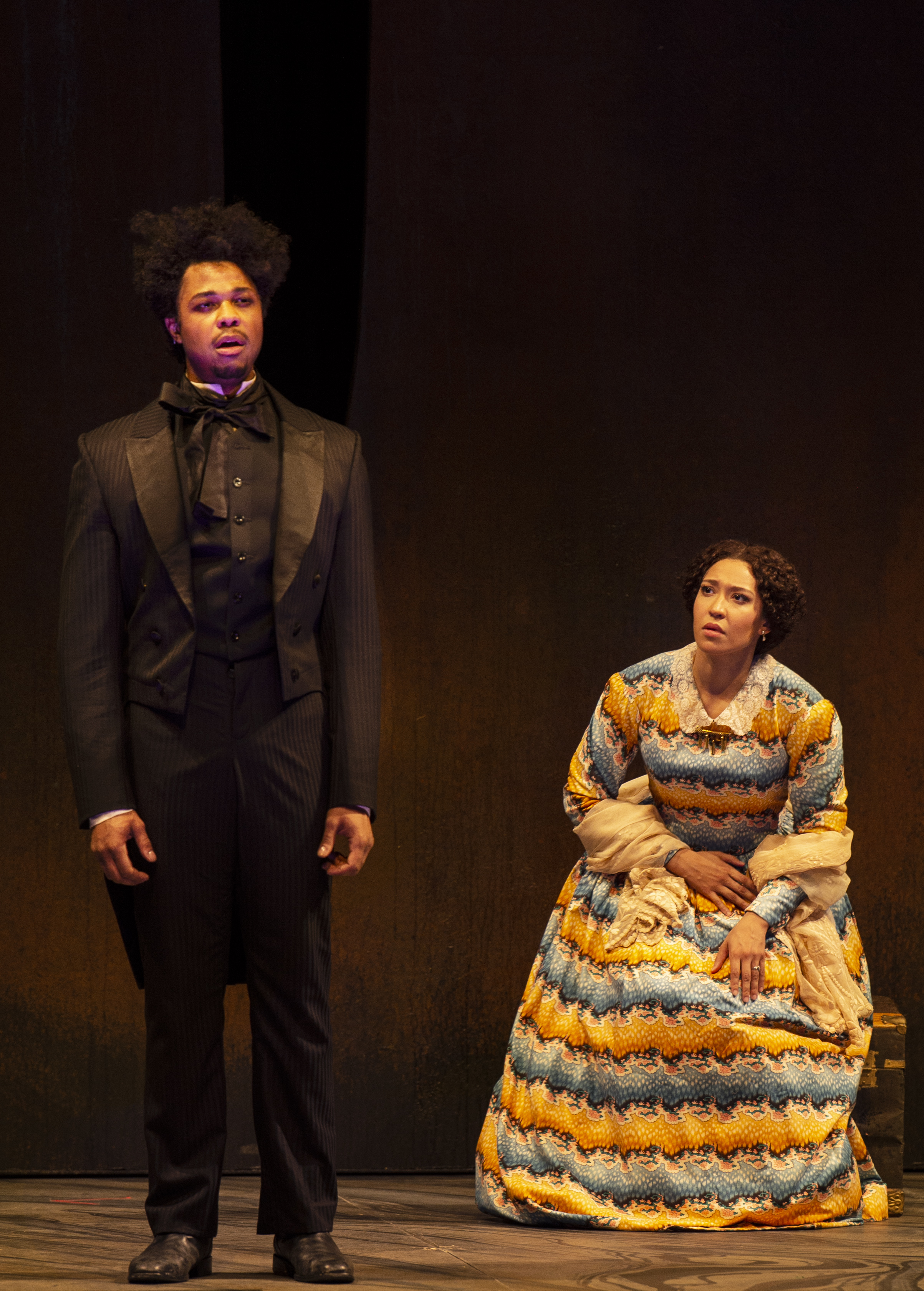

As the opera nears its conclusion, the music grows denser, anguished. The composer’s writing for solo voice yields several arresting episodes – yearning ballads for Ah Sing and Josefa a show-stopping aria for Ned that sets Douglass’ historic “What to a Slave Is the Fourth of July?”. From that first scene – with cowbells replicating the pickaxes – the instrumentation is intricately layered and beguiling.

In the ensuing backlash, the community is shattered.Īdams’ score, enhanced by sound designer Mark Grey and conducted with admirable precision by Grant Gershon, is an engrossing mix of lyrical tunes and propulsive drive. It’s the Fourth of July, and atop the massive stump of a giant sequoia – the central symbol of environmental destruction in Sellars’ and scenic designer David Gropman’s production – Clarence and Shirley play a dark scene from Shakespeare’s “Macbeth.” It’s a premonition of the violence to come: A few men have prospered, but most are broke, and the camp’s immigrant workers become easy targets. Paul Appleby (as miner Joe Cannon) performs in “Girls of the Golden West.” David Gropman’s set depicts the ecological ruin that gold mining left behind.īy Act II, the atmosphere acquires somber hues. Saloon workers Ramón and Josefa sing an achingly beautiful duet recalling the day they first fell in love. Miner Joe Cannon, who left a girl back home, falls for the Chinese prostitute Ah Sing. Dame Shirley, after falling off a mule, makes her own offbeat entrance in a covered wagon driven by fugitive slave Ned Peters. Act I introduces Clarence, a white miner, who extols the vigor and exuberance of the young men arriving in droves. The opera, like Clappe’s letters, begins in a sunny tone. As the opera’s central character, she’s both a witness and a participant in a story far more concerned with the corrosive effects of greed and bigotry than the get-rich-quick mythos surrounding the era. Dame Shirley – a real-life doctor’s wife who documented life among the miners in several Gold Rush camps.

Eureka! Triumphant new John Adams Gold Rush opera premieres in SF – East Bay Times Close Menuīut the opera’s primary source was “The Shirley Letters,” written by Louise Clappe – a.k.a.


 0 kommentar(er)
0 kommentar(er)
